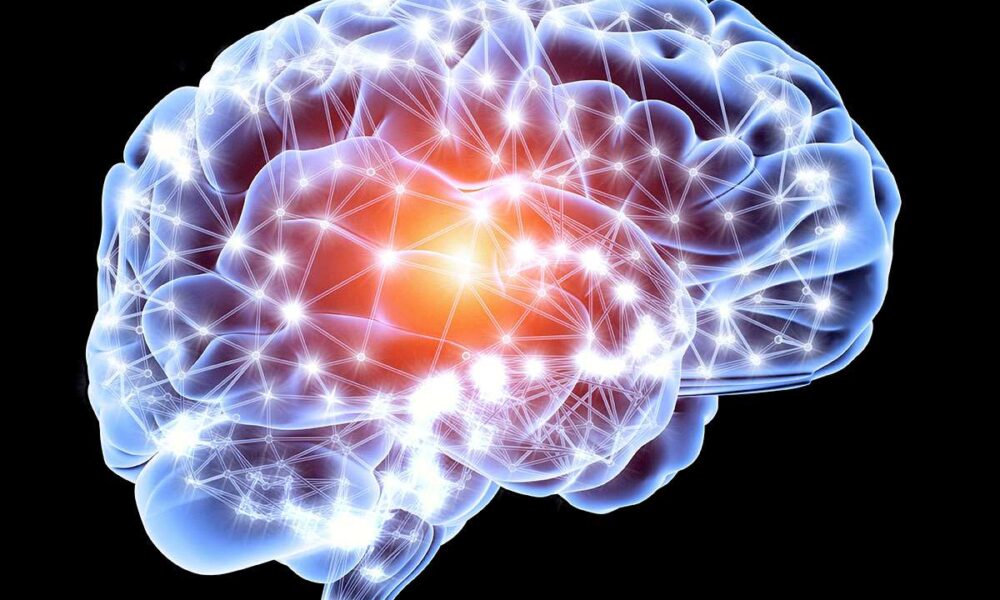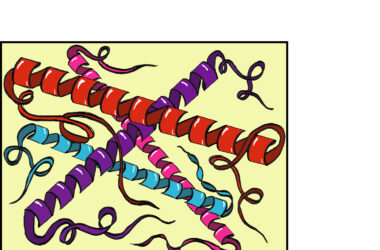Autosomal recessive spastic ataxia of Charlevoix-Saguenay (ARSACS) is a rare neurodegenerative disease first identified in the Charlevoix-Saguenay region of Quebec. The disease affects muscle control, making a range of activities, from swallowing to speaking to walking, more difficult. Brenda Toscano Marquez, a postdoctoral researcher, and Alanna Watt, a biology professor at McGill, along with other researchers, recently published a paper in Frontiers in Cellular Neuroscience describing an intriguing discovery that is changing the way they look at the disease.
ARSACS is categorized as a rare disease worldwide, but in the Charlevoix-Saguenay region, it afflicts an estimated one in 1,500 to 2,000 people. The disease targets the cerebellum, the region of the brain responsible for motor control and coordination. ARSACS is caused by a mutation in the SACS gene, which tells cells how to make a protein called sacsin.
“[Sacsin] plays a role in the organizing [of] proteins from the cytoskeleton and might be involved in mitochondria health and distribution in the cells,” Marquez wrote in an email to the Tribune.
When the SACS gene is mutated, the cells make an unstable form of sacsin. While it is still unclear how this mutation prevents the protein from performing its normal functions, it nonetheless causes the neurons in the cerebellum to die. The Watt lab at McGill and labs all over the world are working together to solve this mystery.
One unique characteristic of ARSACS is that the cerebellum does not degenerate the same way throughout—most of the degeneration happens in the anterior part of the structure, which is nearer to the front. Both the anterior and posterior part of the cerebellum contain zebrin-negative cells, these are cells in the cerebellum that are more likely to degenerate. However, from the results obtained by this group of McGill researchers, the zebrin-negative cells are only degenerating in this anterior part of the cerebellum.
“Our finding shows that there are other molecular players in cells that have a zebrin-negative phenotype and that are located in the anterior part of the cerebellum that are making these cells more susceptible to die,” Marquez wrote. “If we can find who those players are, we could target them to treat the patients.”
Since ARSACS is a rare neurodegenerative disease, people that have it risk being misdiagnosed. For instance, ataxia is usually identified by uncoordinated movements due to injury in the cerebellum, but given that many different conditions can cause ataxia—from stroke to alcohol use—other symptoms and family history should be taken into account during the diagnosis process.
“ARSACS usually starts very early in life, around two years old,” Marquez wrote. “It is also accompanied by other symptoms like spasticity, peripheral nerve damage and retinal hypermyelination.”
These symptoms, accompanied by genetic tests to search for the sacsin mutation, are how doctors can confirm the presence of ARSACS. However, there is currently no treatment available.
“Rare diseases don’t get a lot of attention and it’s hard to get [pharmaceutical companies] interested in them,” Marquez wrote.
The disease affects those with the condition while they are very young, usually when they are toddlers. As patients grow older, these symptoms only get worse. Most require a wheelchair by the time they reach early-to-mid adulthood.
“The symptoms take a big toll on family members and on patients [who] require constant help,” Marquez wrote. “That can also affect the mental health of the patient, who can’t live a more autonomous life.”
New discoveries about the biological underpinnings of ARSACS, such as that by the Watt lab, will bring the research field closer to finding a treatment for this rare disease.









